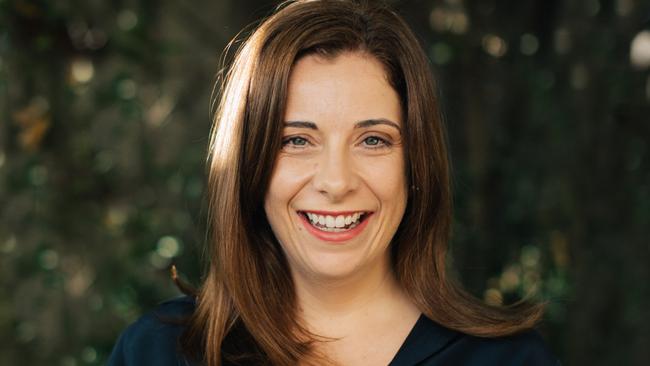Half of nursing homes are still in the red, report finds
Extra government funding for aged care has pushed more nursing homes into the black, but more than half are still operating at a loss, a new report reveals.

A federal funding boost for nurses and care workers has pushed more aged care homes into the black, but just over half continue to operate at a loss.
And nursing home operators continue to lose significant money in providing everyday living and accommodation services for residents, a new report finds, bolstering the case for a likely policy change to make wealthier older Australians contribute more from their own pockets to the cost of aged care.
The latest quarterly financial analysis of the sector by specialist aged care accountants StewartBrown reveals increased government support for nursing home care has pushed the sector to an average marginal surplus of 89c per bed per day in the three months to September, compared to a $21.29 per bed day loss in the same quarter in 2022.
And just over 50 per cent of nursing homes operated at a loss in the September quarter compared to 70 per cent a year ago, the survey of almost 1200 aged care facilities from around the country has found.
In more good news for the sector, occupancy rates in homes jumped from 91.3 per cent to 92.7 per cent in the same time period.
But there is some concern that the good financials might be a “transitional benefit” due to aged care operators being funded between July and September to meet new minimum care minute requirements, but those requirements only becoming mandatory from October.
Report author Grant Corderoy said the new data shows the benefit of increased federal funding into nursing and personal care, but many operators remained under considerable financial pressure, and an emergency short-term funding package should be considered until broader sector reform was bedded down.
“The government’s new funding arrangements for the direct care of nursing home residents is now about right, covering the cost of their personal care,” Mr Corderoy said.
“But it remains the case that the daily living and accommodation services still operate at a considerable loss, and unless this is reversed through increased consumer contributions levied in a fair and equitable manner, the residential aged care sector will continue to have critical viability pressures.
“The sector cannot rely on taxpayer funding to support these costs of daily living that persons have paid for all their adult lives,” he said.
Aged care is a federal responsibility and one of the commonwealth government’s top five spending programs.
The sector is projected to cost the taxpayer $33bn this financial year, rising to $40bn by 2026-27 on the back of an increasingly ageing population.
The last federal budget added $11.3bn over four years to fund a 15 per cent pay rise awarded to aged care workers and new mandated minutes of care, 200 minutes per resident including 40 minutes from a registered nurse.

Nursing homes are restricted as to what they can charge a resident for their everyday living costs such as cleaning, meals and laundry.
Currently, it stands at 85 per cent of the single age pension, regardless of how much wealth a person may have.
Accommodation costs recoverable from residents under the current system are also leading to average losses of $10.70 per bed per day across the sector.
An aged care taskforce commissioned by the Albanese government and chaired by aged care minister Anika Wells completed its work in December, and a final report is due to be released in the next few weeks.
The taskforce communiques indicate that it is set to recommend that older Australians pay for more of the costs of care that they would have been funding if they were still living in their own homes.

The StewartBrown analysis forecasts the new federal funding will deliver a $3.57 per bed per day operating result for the 2023-24 financial year, which is “only slightly better than break even.”
It warns that providers looking to innovate to provide residents with better care will not have the financial capacity to do so “until sufficient funding is available to cover indirect care costs and the cost of providing accommodation”.







To join the conversation, please log in. Don't have an account? Register
Join the conversation, you are commenting as Logout